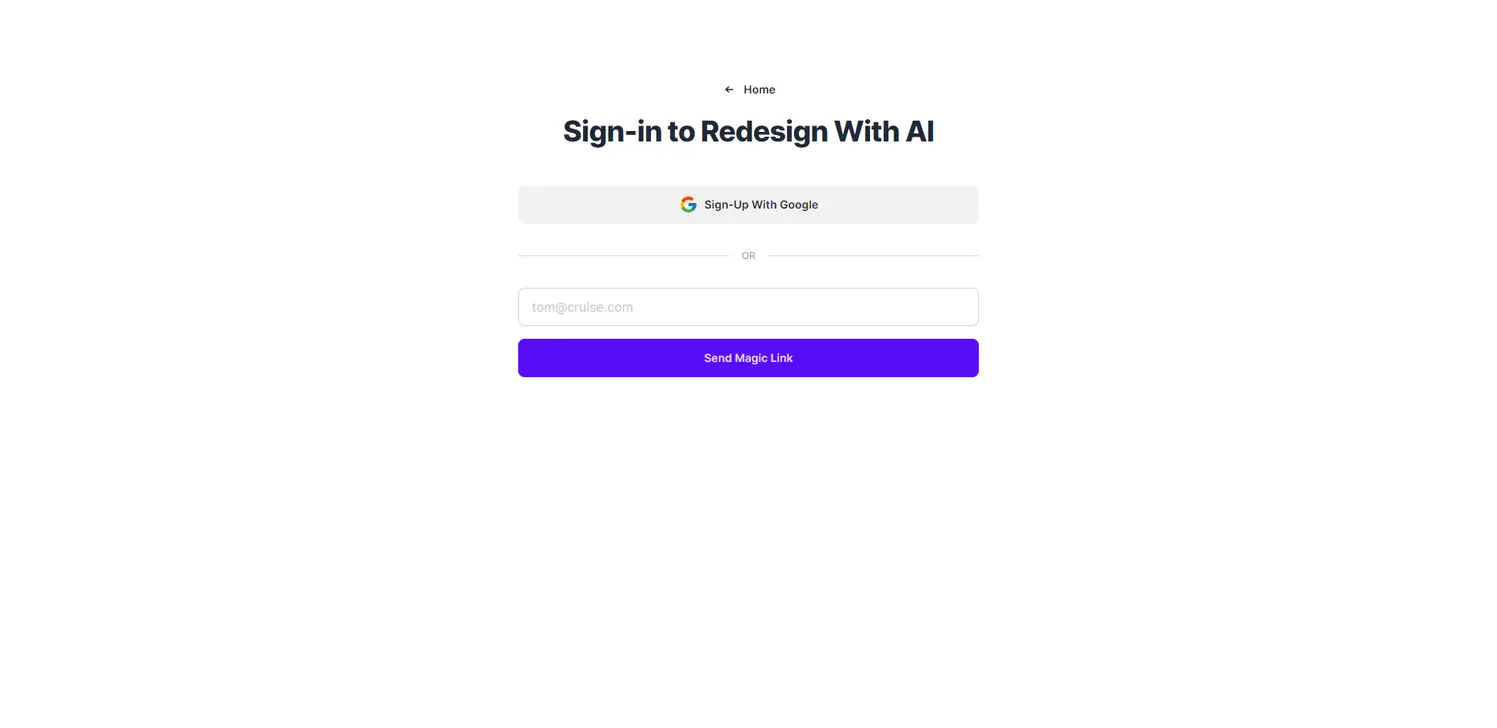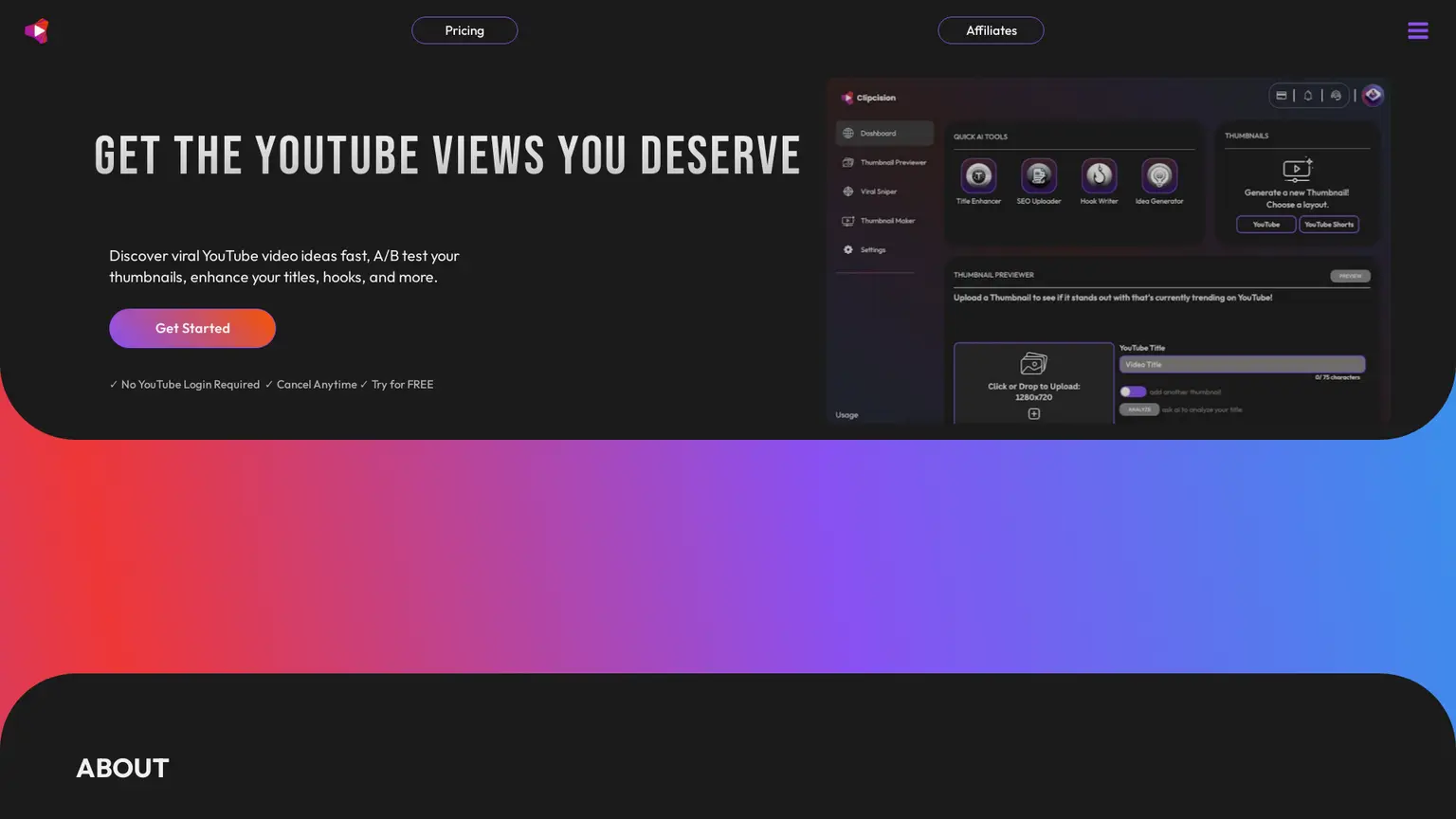GitHub: Let’s build from here · GitHub
ActiveGitHub is where over 100 million developers shape the future of software. Contribute to open source, manage Git repositories, review code, track bugs and features, power CI/CD and DevOps workflows, and secure code before committing.
- Website: https://github.com/
- Tags:
- Added On: 2024-08-07 01:35:32

Tool Information
What is GitHub: Let’s build from here · GitHub?
GitHub is a web-based platform that serves as a code hosting service, allowing developers to store, manage, and track their software projects. It plays a crucial role in the open-source community, where millions of developers collaborate on projects, contribute to code, and share their work. With its user-friendly interface and powerful features, GitHub has become the go-to place for software development, making it easier to manage Git repositories, review code, and enhance the overall development workflow.
How to use GitHub: Let’s build from here · GitHub?
Using GitHub is straightforward and intuitive. Start by creating a free account on the platform. Once you’re signed in, you can create a new repository to store your code. You can then upload files, create branches to work on different features without affecting the main codebase, and submit pull requests to propose changes. GitHub also offers tools for issue tracking, allowing you to manage bugs and feature requests efficiently. Additionally, you can collaborate with other developers by commenting on code, reviewing changes, and merging contributions from different team members.
Core Features of GitHub: Let’s build from here · GitHub
- Version Control
- GitHub uses Git, a powerful version control system, enabling developers to keep track of changes made to their code over time. This feature allows for easy rollback to previous versions and helps in maintaining a clear history of project development.
- Collaboration Tools
- With features like pull requests, code reviews, and comments, GitHub fosters collaboration among developers. Team members can discuss code changes, suggest improvements, and approve changes before they are merged into the main codebase.
- CI/CD Integration
- GitHub supports Continuous Integration and Continuous Deployment (CI/CD) workflows. This means that developers can automate their testing and deployment processes, ensuring that their code is always in a deployable state and reducing the chances of bugs in production.
Advantages of GitHub: Let’s build from here · GitHub
One of the main advantages of GitHub is its vast community of developers. With over 100 million users, it offers a wealth of resources, including open-source projects and collaborative opportunities. GitHub's robust features also streamline the development process, making it easier to manage code, track issues, and deploy applications. Additionally, GitHub provides a secure environment for developers to protect their code and maintain its integrity, which is essential in today’s software development landscape.
Use Cases for GitHub: Let’s build from here · GitHub
- Open Source Contributions
- Many developers use GitHub to contribute to open-source projects, allowing them to collaborate with others and improve their skills while giving back to the community.
- Team Collaboration
- Development teams utilize GitHub to manage their projects, streamline communication, and ensure everyone is on the same page regarding code changes and project timelines.
- Project Management
- GitHub provides tools for tracking issues, planning features, and managing the overall progress of software projects, making it easier to keep projects organized and on schedule.
Common Questions from GitHub: Let’s build from here · GitHub
What is a repository on GitHub?
A repository, or repo, is a storage space on GitHub where your project files reside. It can contain folders, files, images, and other assets related to your project, along with the revision history of each file.


